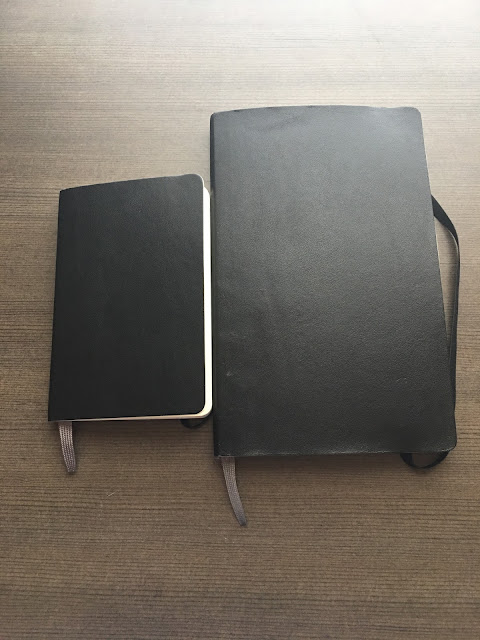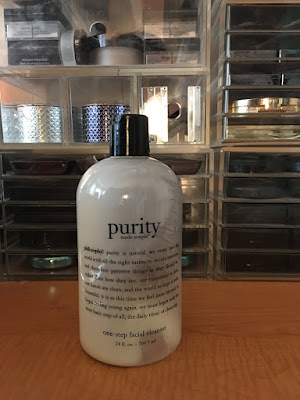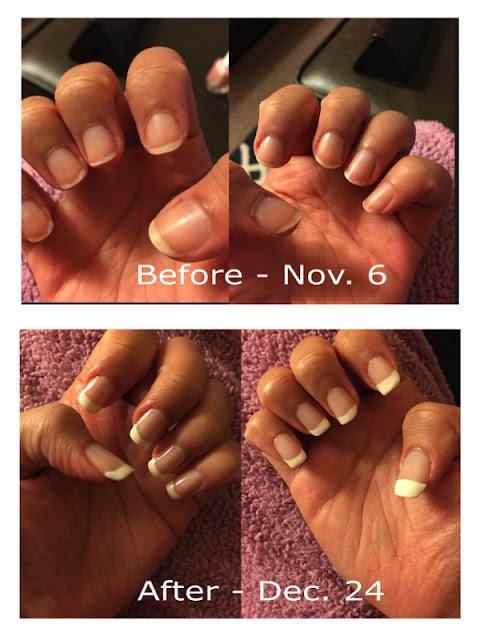How To Pick The Right Primer

Priming your skin is an important part of your makeup application. Not only does it help protect your skin (and depending on the primer you select, it can provide you with real skincare benefits) but priming your skin correctly helps improve your overall makeup application and wear time.
But picking the right primer can be a tough challenge - with so many on the market, it can be hard to figure out which one will work best for you. The next time you're at Sephora, consider these tips and tricks.
Know Your Skin Type and Concern
It sounds pretty basic, but it can be the step we're most likely to forget. Knowing your skin type (oily, dry, combination) and your concern (large pores, fine lines, acne-prone) can be a great way to narrow down the field of primers to ones most likely to work for you.
Read The Ingredients In Your Foundation, Primer and Moisturizer
The most common complaint I hear about a primer or foundation is that the primer doesn't help the foundation last or wear properly or that the foundation doesn't sit well over the primer. That's usually because the ingredients of the primer don't mix well with the ingredients of the foundation. So, for instance, an oil-based primer won't work well under a water-based foundation. As a general rule, you'll want your primer and foundation to contain similar ingredients so that they work well together. If you use a moisturizer before priming, remember to check out your moisturizer's ingredients to make sure that it'll work well with your primer and foundation.
Tips and Tricks
Test primers on the inside of your forearm. When I test primers, I swatch them on my arm so I can get a better sense of how the primer will rest on the oilier parts of my combination skin. If I'm testing a primer that claims to blur imperfections or add a glow, then testing on the inside of my forearm (where my veins are more visible) is a great way to see how well those claims play out in application.
Balance skincare options. There are some really great primers that also provide skincare benefits, such as sunscreen or acne medication. If you select a primer with these benefits, you'll also want to make sure that it doesn't compete with your skincare regimen. For instance, using a moisturizer and a primer that both contain salicylic acid to fight your acne can also dry out your skin.
Give your moisturizer and primer time to sink in. Moisturizers usually take about 10 minutes to completely sink in before your skin begins to experience their benefits. On a busy morning, it can be really hard to find that kind of time to let your moisturizer settle in - but even a few minutes can be helpful before applying your primer. Allowing your moisturizer and primer to sink into your skin is a great way to make sure that it's not sitting on top of your skin, which can prevent your makeup from applying or blending properly.
Use thin layers of multiple primers to correct combination skin. I have combination skin - my T-zone tends to be oilier than the rest of my face, which at times can be normal or dry. I tend to have a variety of primers in my stash to address different needs. I'll use a mattifying primer on my oilier areas and use a moisturizing primer on the drier patches. Targeted use of primers is a great way to address the unique challenge of finding products for combination skin that has multiple needs.
The Best Primers I've Used
Priming is the key step in my makeup application. I've tried a bunch over the years to help me when my skin wasn't at its best and I've refined my collection over the years as my skin changed. Here's my roundup of the best primers for different skin types:
- For sunscreen: As I get older, I pay more attention to using sunscreen to limit and prevent sun damage on my skin. Hourglass Veil Mineral Primer, Giorgio Armani Maestro UV Skin Defense Primer, and Diorskin Forever & Ever Wear Extreme Perfection & Hold Makeup Base are my favorite primers that both include generous amounts of sunscreen that doesn't irritate my sensitive skin and genuinely extends my makeup wear. Bonus: While sunscreen can create flashback in photos, these primers are the exception to that rule.
- For glow: For a special occasion when I know photos are going to be taken, I'll want a primer that really makes me camera ready. Smashbox's Photo Finish Primer Water and Becca's Backlight Priming Filter really do the trick - and the Smashbox primer is a great utility player, too, as it can also double up as a finishing spray. I carry a small bottle of it to help refresh my makeup throughout the day with a spritz or two.
- For dry skin: In the winter, no primer saves my skin from drying out like the Marc Jacobs Under(cover) Perfecting Coconut Face Primer. It's an ultra hydrating primer that on drier skin can even replace moisturizer. It's a pricier primer to be sure, but you can get away with using half a pump for complete coverage with this primer, so it turns out to be a decent value in the long run.
- For oily skin: Hourglass's Veil Mineral Primer doesn't just provide sunscreen benefit, but really is wonderful for keeping oil at bay. My oilier areas have calmed down over the years, but when it was at its worst, Becca's Ever Matte Poreless Priming Perfector and Benefit's Stay Flawless 15-Hour Primer soaked up oil like nobody's business.
- For larger pores: I've always had larger pores, but when my pores were really bad, Benefit came through yet again. The POREfessional is their best-selling primer, and for good reason. It's a silicone-based primer that really fills in larger pores to create a smoother base for applying makeup. You'll want to use this in small, thin layers to prevent the silicone from balling up under your makeup.
- For acne-prone skin: It's a newbie in the market, but the Laura Mercier Blemish-less Foundation Primer has quickly become my favorite for gently treating my acne. Laura Mercier primers are already great options, but this version contains a gentle dose of salicylic acid to help clear up skin. I'll use this when I'm dealing with a hormonal outbreak to help calm my skin.
- For all-around use: If I need a primer to make me look a bit more awake, or for anyone looking for a great utility player, Too Faced's Hangover Replenishing Primer is super gentle, lightly hydrating and forgives a multitude of sins. It's the primer I trusted on a business trip to make me look presentable before my audience and to hide the super long hours of travel and meeting preparation the night before.
- For eyes: I've tried a ton of eye primers over the years, but my number one vote goes to the NARS Pro-Prime Smudge Proof Eyeshadow Base. Like most primers, using too much isn't in your best interest - and there's something about this applicator that tricks you into using too much. My trick for getting just the right amount of primer is to run the wand on the tip of my ring finger and then rub both of my ring fingers together. I'll then pat the primer I've collected on each finger on each eye to get the right amount. If you have discoloration on your eyelids, though, try using a light layer of long-wearing concealer set with a translucent powder to prime your eyes. My personal concealer-as-a-primer pick goes to the MAC Pro Longwear Concealer.
Here's to picking the right primer for you! What's your favorite way to prime? Leave a comment with your recommendations below.



Comments
Post a Comment